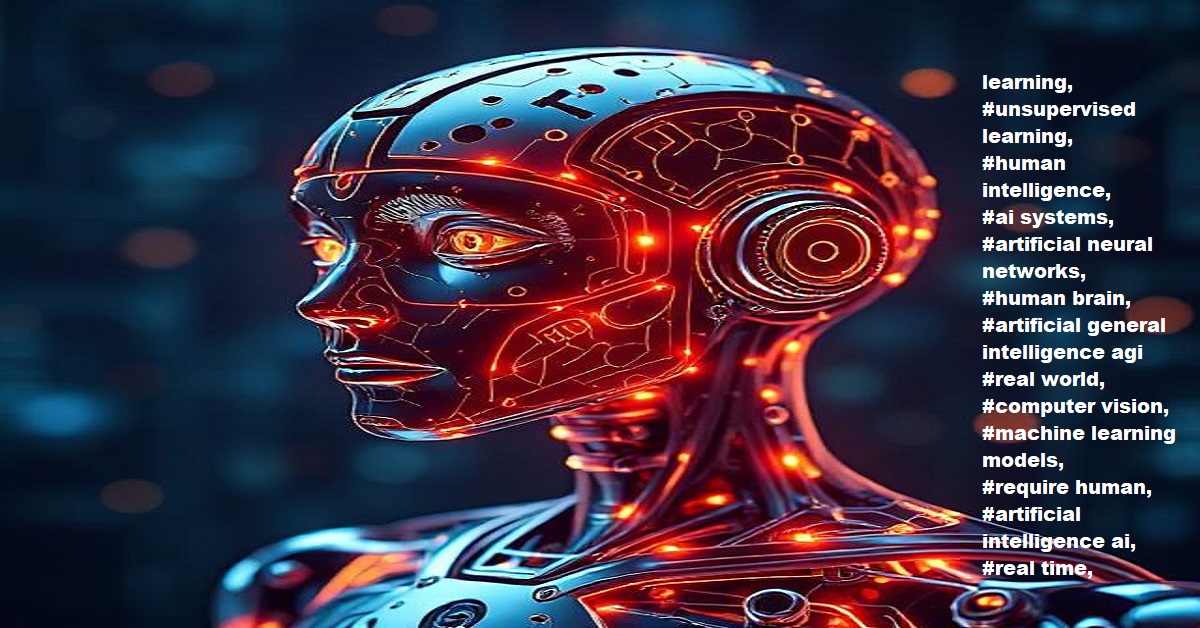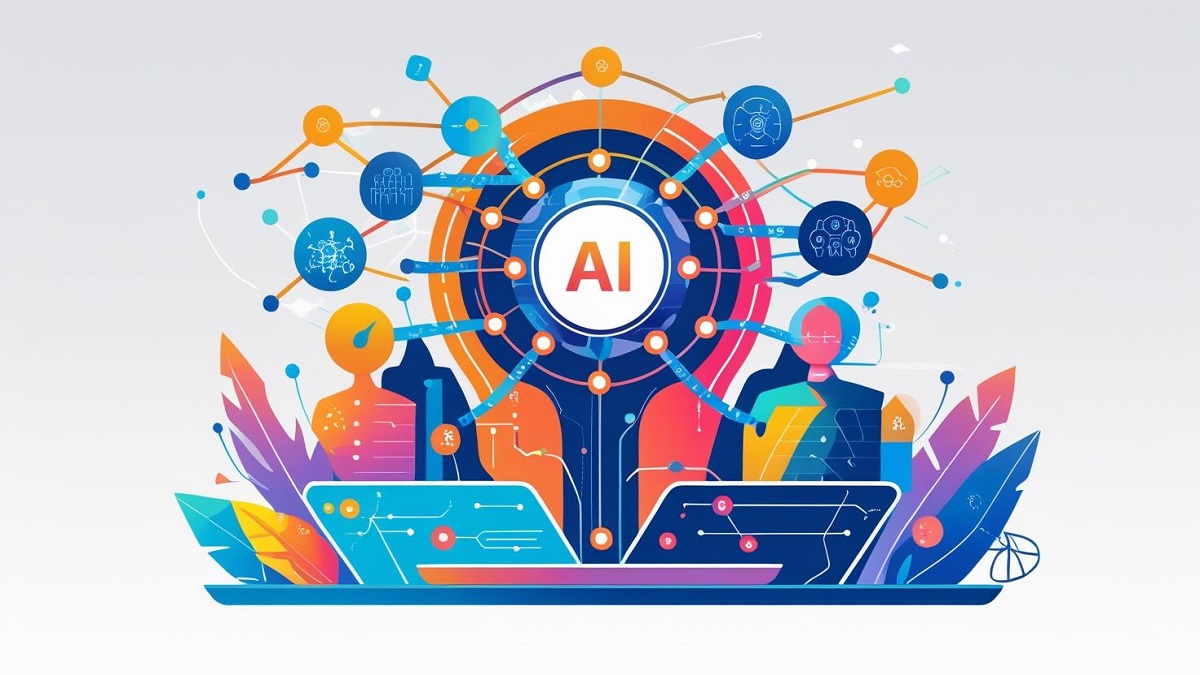In an era defined by artificial intelligence (AI) breakthroughs, platforms like Janitor AI have sparked widespread interest due to their natural conversation capabilities. However, several Janitor AI alternatives now deliver superior performance, enhanced natural language processing (NLP), and more versatile AI systems. In this guide, we explore the top contenders reshaping virtual assistant technology by leveraging machine learning, deep learning, and reinforcement learning frameworks—pushing the boundary toward artificial general intelligence (AGI).
Leading Janitor AI Alternatives in 2025
1. Character.AI: Pushing Human-AI Interactions Forward
Character.AI is one of the most immersive platforms for simulating human intelligence through conversational models. Built on transformer-based machine learning models, it supports real-time interaction with AI personalities that evolve over time, emulating memory, emotion, and reasoning.
- Core Technologies: Generative AI, deep learning, NLP
- Key Features: Interactive storytelling, character memory, context-aware dialogue
- Use Case: Personal assistance, gaming, simulation of historical figures
2. Inworld AI: A Platform for AI-Driven NPCs and Virtual Assistants
Inworld AI bridges entertainment and productivity with AI systems designed for dynamic, reactive virtual assistants and NPCs in gaming and enterprise environments. Its ability to perform tasks, adapt to emotional cues, and respond intelligently positions it as a robust Janitor AI competitor.
- Core Technologies: Reinforcement learning, NLP, emotion modeling
- Key Features: Behavioral scripting, context understanding, voice AI
- Use Case: Gaming, customer engagement, virtual worlds
3. Replika AI: Your AI Companion with Emotional Intelligence
Replika AI emphasizes emotional connection by offering highly responsive, human brain-inspired interactions. Leveraging unsupervised learning and natural language generation, it simulates empathy, support, and companionship.
- Core Technologies: Unsupervised deep learning, NLP, neural networks
- Key Features: Emotional bonding, personalized dialogue, daily reflections
- Use Case: Mental wellness, emotional support, self-improvement
4. Anima AI: A Social AI Assistant Built for Real Conversations
Anima AI delivers a compelling mix of problem-solving capabilities and lighthearted conversation through advanced natural language processing and generative AI. It supports complex question handling, joke generation, and companionship that aligns with user preferences.
- Core Technologies: NLP, generative deep learning
- Key Features: Emotion recognition, activity suggestions, life advice
- Use Case: Virtual friendship, decision-making assistance, mood enhancement
5. Kuki AI (formerly Mitsuku): Award-Winning AI Chatbot
Kuki AI remains a benchmark in AI development, having won multiple Loebner prizes. While it lacks certain modern features like image generation, it excels in witty banter and context-aware responses using structured databases and AI systems inspired by the human brain.
- Core Technologies: Rule-based NLP, symbolic AI
- Key Features: Fast response, humorous interaction, entertainment focus
- Use Case: Social media engagement, games, chatbot demos
What Sets These Janitor AI Alternatives Apart?
Generative AI Powering Deeper Conversations
These platforms go beyond scripted responses. Their generative AI foundations allow them to synthesize new responses dynamically—based on training across vast datasets. This capability enables real-time adaptation and problem solving in unpredictable scenarios.
Harnessing Machine Learning and Deep Learning for Intelligence
Each tool integrates machine learning and deep learning models to mimic elements of human intelligence—such as learning from conversation history, adjusting tone based on sentiment, and predicting user intent.
- Reinforcement learning helps refine responses over time.
- Unsupervised learning enables AI to uncover new conversational patterns without labeled data.
The Role of Artificial Neural Networks and AGI Aspirations
The backbone of these AI platforms is artificial neural networks modeled after the human brain. These networks enable hierarchical data processing, mirroring cognitive functions that support reasoning, memory, and learning.
Some developers are actively pursuing AGI—systems that can think, learn, and apply knowledge in real-world contexts like a human being. While still theoretical, this goal drives rapid evolution in virtual assistant capabilities.
AI Developers Driving the Future of Human-AI Collaboration
Cutting-edge AI developers behind these tools are redefining what it means to interact with machines. They design systems capable of understanding context, emotion, and even ethics—components once thought exclusive to humans.
- Example: Inworld’s AI can assess sentiment and adjust tone in real-time.
- Example: Replika personalizes responses based on long-term interaction patterns.
Use Cases Where Janitor AI Alternatives Excel
1. Real-Time Virtual Assistants for Work and Personal Life
Whether managing schedules, generating content, or offering reminders, these AI tools provide consistent support in real time. By merging natural language processing with task automation, they enable users to offload cognitive burdens.
2. Learning and Mental Health Companions
Many AI tools now serve educational and therapeutic roles. With machine learning models tailored for learning styles and emotional states, they help users tackle real-world problems from anxiety to career planning.
3. Simulation and Training Environments
In corporate and defense sectors, AI-based simulations are now powered by reinforcement learning and computer vision to train teams, run scenario analysis, and improve strategic planning.
4. AI Systems Requiring Human Oversight
Despite their autonomy, these platforms still require human intervention for supervision, ethical moderation, and system refinement. Ethical boundaries, hallucination risks, and content bias are all challenges under constant review by AI developers.
The Future: Human Brain-Level AI and Beyond
The future points toward AI systems that rival or even surpass the human brain in task execution, memory, and reasoning. With artificial general intelligence (AGI) on the horizon, the next decade could see AI transition from task-specific tools to all-purpose thinking machines capable of independently handling real-world tasks.
Conclusion: Choosing the Right Janitor AI Alternative
Selecting the best alternative to Janitor AI depends on your needs—be it conversation, productivity, emotional support, or content creation. With powerful machine learning, NLP, and generative AI at their core, these platforms represent the cutting edge of artificial intelligence (AI).
We recommend:
- Character.AI for dynamic roleplay and storytelling.
- Inworld AI for professional-grade interactive NPCs.
- Replika and Anima for emotionally aware assistants.
- Kuki AI for humor-rich, fast-paced interaction.








